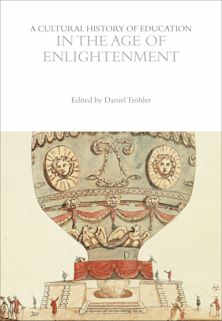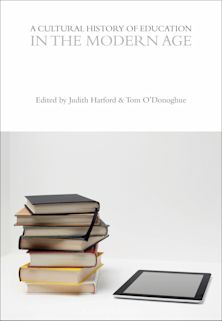New Approaches in Teaching History
Using Science Fiction to Introduce Students to New Vistas in Historical Thought
New Approaches in Teaching History
Using Science Fiction to Introduce Students to New Vistas in Historical Thought
Description
Science fiction literature and film are an underappreciated source for the teaching of history. Finding material that can excite a student’s curiosity can be a key towards greater student engagement, especially among students who are taking history as a requirement, rather than from interest. The discovery that they can read or watch science fiction as part of their classwork often comes as a pleasant surprise. Beyond its popularity, however, utilizing science fiction for class assignments has certain pedagogical advantages: it introduces students to new vistas in historical thought, helps them learn how literature and film can be applied as a primary source, and can encourage participation in projects that are enjoyable.
Each chapter provides case studies focusing on a different subject in the modern history curriculum and in addition to providing an analysis of specific texts and/or cinematic sources, gives suggestions on assignments for the students.
Table of Contents
Acknowledgments
Chapter One: Using Science Fiction Stories and Film in the History Classroom
Chapter Two: Nationalism, Racism, and Imperialism in the Science Fiction of Jules Verne
Chapter Three: Invaders from the Red Planet to We’re the Martians Now: War of the Worlds in a
Variety of Incarnations.
Chapter Four: Things to Come: The Fall and Rise of Civilization in the Future War
Primary Source Analysis of a Future War Tale
Chapter Five: Science Fiction and the Holocaust
Chapter Six: Mutations and Monsters: Cold War Anxiety in the 1950s and 60s
Chapter Seven: From Starship Troopers to the Forever War
Primary Source Analysis: A Photo Essay on the Atomic Battlefield
Chapter Eight: From Dune (1965) to The Ministry for the Future (2020): Environmentalism in
Science Fiction
Chapter Nine: Confronting the Color Line: Afrofuturism, Science Fiction, and Dissent
Conclusion: A Brief How-To Guide
Bibliography
About the Author
Product details
| Published | Feb 14 2024 |
|---|---|
| Format | Ebook (Epub & Mobi) |
| Edition | 1st |
| Extent | 120 |
| ISBN | 9781475869538 |
| Imprint | Rowman & Littlefield Publishers |
| Illustrations | 8 BW Illustrations |
| Series | Teaching History Today and in the Future |
| Publisher | Bloomsbury Publishing |
Reviews

ONLINE RESOURCES
Bloomsbury Collections
This book is available on Bloomsbury Collections where your library has access.


































